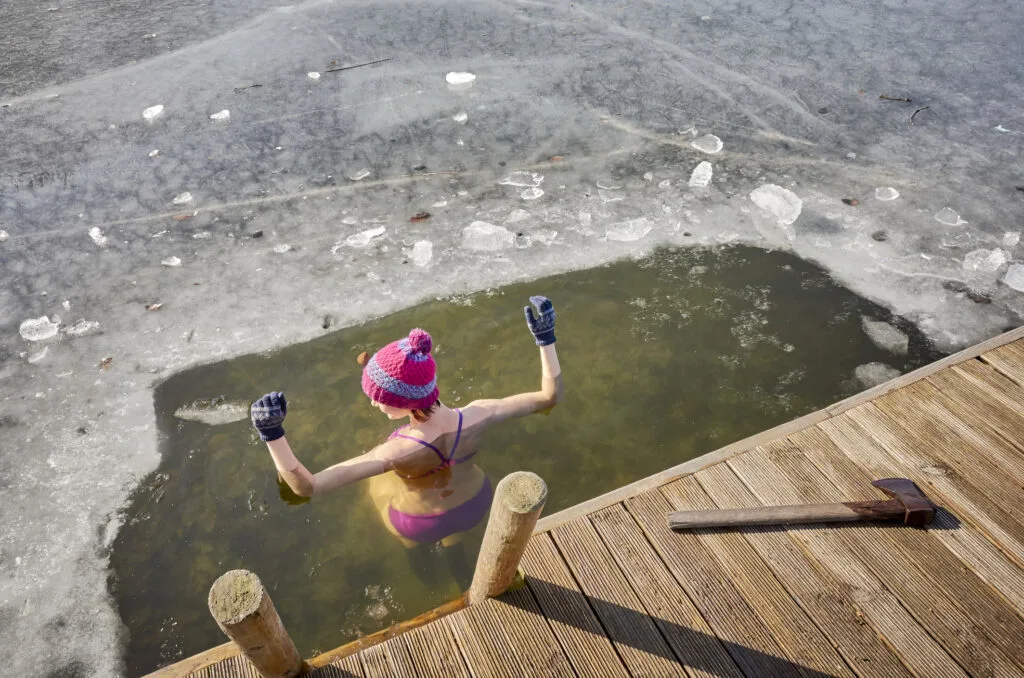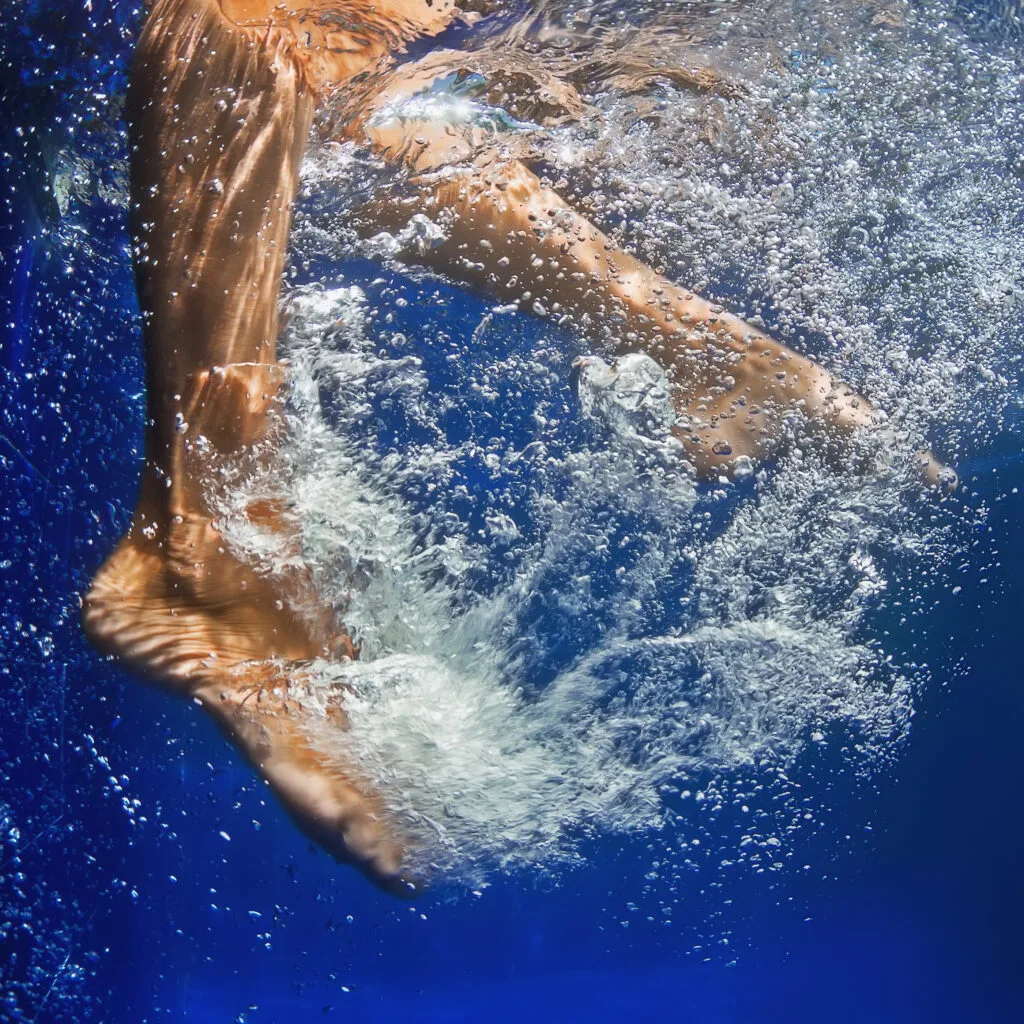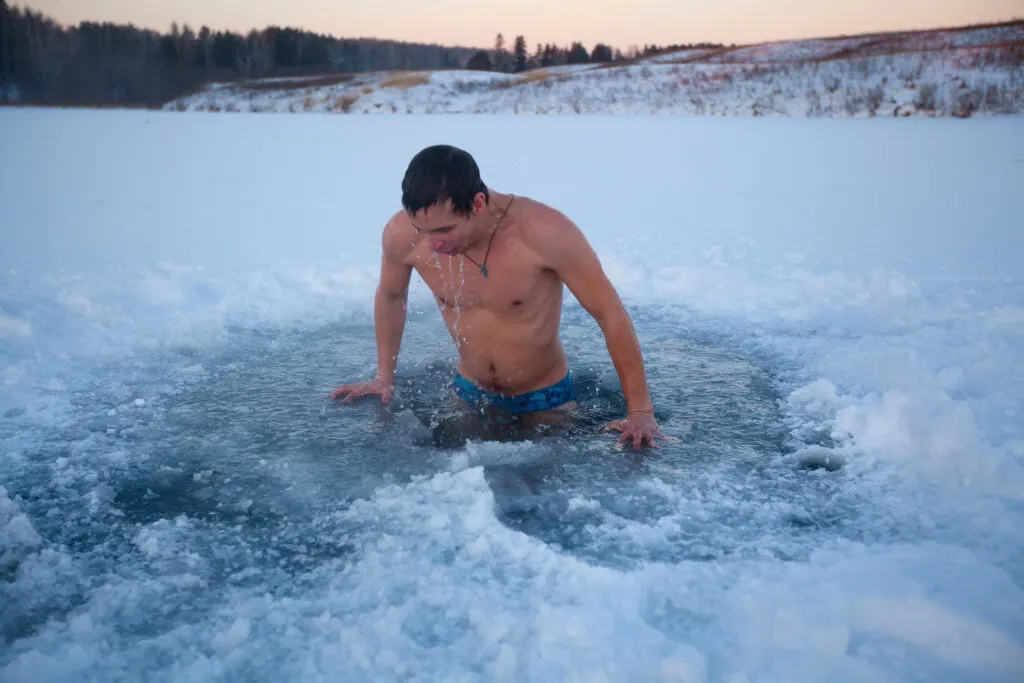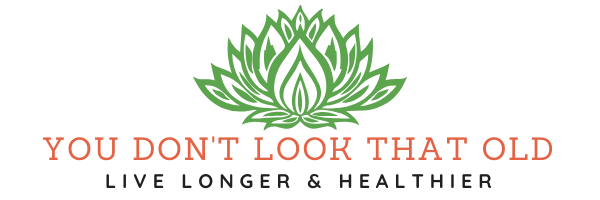I woke up feeling groggy, tired, and my head ached. I needed my focus as I powered through a work retreat with a group of close friends and professional bloggers. I remembered the unheated pool in the backyard of the beautiful Airbnb located in Vegas. Perfect. [In February, Vegas is lovely but certainly not warm and, while the owners maintained the pool, they did not heat it. ]
“Good”, I thought, as I surged from bed with sudden newfound energy. After suiting up, I waltzed through the living room where most of the group gathered to start the day’s work. Determined to shock my immune system (in a good way), I headed to the pool.

I stopped them in their tracks but I continued to the pool. As I waded into the pool, the crowd gathered to watch my spectacle. I walked in with conviction (that is how you must do a cold plunge) and dove into the deep end. I felt my chest constrict and, as I stood us, my breath escaped me. As I found my way out of the frigid water, I notice a friend prepping the hot tub. I stepped into the hot tub and felt the burn on my cold skin.
I felt amazing.
I felt focused.
I was no longer groggy.
Those benefits I immediately noticed but there is so much more going on at a cellular level with hydrotherapy. Going from hot to cold then again to hot and cold (as many times as you can stand) has profound, deeply positive impacts on the body. This article covers the reasons why.

What is Hydrotherapy?
Hydrotherapy is the modern term that refers to healing with water. Other terms used to refer to hydrotherapy include water therapy and water healing. With that said, types of hydrotherapy have been around for centuries. For example, roman baths continue to be popular around the world.
Hydrotherapy is the use of water, ice, steam, and hot and cold temperatures to maintain and restore health. From the beginning of civilization, water in all forms has been used by many cultures to treat injuries and diseases.
Alternative practitioners recommend baths, jacuzzis and steam saunas, mineral baths, wraps, rubs, flushes, fasts, enemas, and colonic irrigations, douches, sitz baths, and compresses to remedy a wide variety of health conditions.
Administered internally or externally, hot or cold water can effectively treat conditions such as stress and pain, as well as disease-causing toxins, bacteria, and viruses. Internal and external, hot and cold, injuries or diseases, simple to complex, compresses to full-body immersion, the therapeutic use of water offers a wide array of healing options, many of which can be performed and enjoyed in the comfort and privacy of our homes.

The Effectiveness of Hydrotherapy
Water is a natural medicine and our entire body can reap the benefits. There is a variety of ways, with no side effects, to control and cure acute as well as chronic illnesses. Water can be used both to deter illness and to safeguard health.
Water therapy is exceptional because it works with an individual’s own nature. Water therapy has a positive effect and does not destroy valuable internal flora, nor does it drain the energy from internal organs. Circulation is stimulated and sluggishness is overcome with water therapy.
Water therapy is a remarkable energizer, which can be used for first aid as well as many other everyday problems. In restoring the energy flow, water therapy helps the body to heal itself and prevents many other health problems from occurring. It is therefore in the first line of health defense, and it should be considered an important tool in self-care and self-caring medicine. (Buchman)
Benefits of Hydrotherapy
Every cell and organ in our body needs water in order to function properly. In Buchman’s, The Complete Book of Water Healing, the author relates that just by drinking water we can help our body in the following ways:
- stimulate a fatigued body
- eliminate sluggishness
- increase muscle response
- reduce fevers
- stimulate organ interaction
- internal cleansing by stimulating the elimination of waste materials
- stop a cold before it starts
- help overcome a sore throat
- relieve pain
- reduce nervousness
- increase the body’s natural defense systems
- encourage better sleep
- reestablish internal good health
- restore and tone the body

The Benefits of Hydration
Also, drinking water is instrumental to successful weight loss. Buchman lists these weight-loss benefits:
- Flushes out excess waste
- Helps relieve constipation
- Keeps up the muscles’ ability to contract, maintaining muscle tone
- Alleviates fluid retention
- Suppresses the appetite by filling up the stomach
- Helps the body metabolize stored fat
- Prevents skin from sagging after weight loss by filling out the cells.
Externally, although water therapy looks simple and is often easy to do, the action of water therapy is invisible. Buchman notes, “One of the reasons water is so effective in natural healing is that stimulates the body by producing an action, which in turn produces a reaction.”
For example, applying ice to an injury numbs the area on which it is applied — this is the action. This one action has many reactions: an anesthetic effect is created that reduces pain, fluid movement and buildup are reduced, and thus bleeding is controlled. The action of soaking in warm water has a sedating and calming reaction.
Healthy Benefits of Hydrotherapy
A hot bath can induce perspiration (similar to an infrared sauna or steam room). A hot compress can reduce inflammation. Further support for the action/reaction is found in Clarence Dail’s Hydrotherapy: Simple Treatments for Common Ailments, wherein the authors describe that a normal body will attempt to counteract a direction action applied to the body.
For example, when a cold wet cloth is applied to the skin, this cooling action causes the body to react to fight the cold by increasing circulation in that area to warm the skin.
Lastly, when exploring the reasons why water works as a natural therapy, Buchman relates that in 1880, Dr. William Winternitz of Austria discovered reflex “arcs.” Water acts on nerve points on the skin. The skin then delivers messages either directly to a nearby organ, or indirectly through reflex arcs.
What Happens During Hydrotherapy?
These arcs connect the skin to muscles, glands, and organs. When water — either hot or cold — is applied to the skin, the reflex arcs stimulate nerve impulses that in turn travel to other parts of the body. This action is similar to the transfer of electricity that occurs when a light switch is turned on, or to the effect on a nerve when acupuncture is applied. (Buchman)
Sufficient intake of water is crucial to the proper functioning of the human body. Externally, water in its many forms is a natural, simple form of therapy.
Hydrotherapy Techniques for Common Conditions
There are literally hundreds of hydrotherapy techniques. The methods used in these techniques can most commonly include ice and heat, baths and showers, sitz baths, foot and hand baths, hot tubs, swimming pools, steam and saunas, and compresses and packs. Some less-commonly known methods include wet sheet packs, hot blanket packs, treading in cold water, contrast applications (alternating hot and cold), and cold friction rubs.
The treatment methods are so vast that by doing a bit of research on hydrotherapy methods, one immediately gains a new appreciation for the use of water in healing. Some of the treatments are very complex, as when dealing with wound healing or physical recovery from surgery or an accident. Other methods are simple and can be used in our homes for common ailments.
The following are hydrotherapy treatments for just three common ailments. These are but a few of hundreds. Further research of your own will tap into these natural, easily-accessible, non-chemical, low-cost treatment methods.

Hydrotherapy for Common Ailments
Bad Breath
Caused by many factors, including poor mouth hygiene and constipation. Swish water through the mouth immediately after eating. Avoid constipation by drinking two glasses of water after waking each morning. Drink no less than eight glasses of water each day to encourage saliva to wash away food and bacteria.
Humidify the bedroom with a small humidifier or place a fresh pot of water in the bedroom every night. Home mouthwashes can be concocted using 1 teaspoon of vodka with a steeped and strained herbal tea such as cinnamon, peppermint, rosemary, sage or thyme (be sure to store in the refrigerator).
Jet Lag
Drink one glass of water for each hour in the air, thus preventing dehydration and overcoming the trauma of jet lag. A flight attendant can supply bottled water upon request. Do not drink alcoholic drinks while flying as they have twice the impact at high altitudes as they do on the ground.
Avoid caffeine and sodas containing caffeine as they also dehydrate the body. Before the plane lands, splash your face with cold water and brush your teeth. This will revive and energize your entire system. If you have tired, fill the sink with cold water and plunge your hands into the sink for a minute or two. Dry your hands very vigorously.
Clarence Dail’s Hydrotherapy: Simple Treatments for Common Ailments and Dian Dincin Buchman’s The Complete Book of Water Healing both provide details for dozens of common (and complex) conditions that can be aided by hydrotherapy. In addition to the water therapy procedures, Buchman provides additional general therapy procedures that should be followed as well to complement hydrotherapy.
In conclusion, you can absolutely integrate hydrotherapy into your life without breaking the bank. For example, take a cold shower or ice bath. Simply alternative hot and cold water will make a big impact on your body’s health. As a long-distance runner, I often found bodies of water (e.g. the ocean) to accelerate blood flow to my damage muscles. A cold plunge brings relief to sore muscles after serious milage. My point is that you can find ways to bring hydrotherapy forms into your routine.
Hydrotherapy References
Buchman, Dian Dincin, Ph.D. (2002). The complete book of water healing. New York: McGraw-Hill.
Dail, Clarence, M.D., Thomas, Charles, Ph.D. (1995). Hydrotherapy: Simple treatments for common ailments. Brushton, NY: TEACH Services, Inc.
Goldberg, Burton. (2002). Alternative medicine: The definitive guide. Berkeley, CA: Celestial Arts.
Mitchell, Stewart. (2001). A practical guide to naturopathy. London: Random House.
Page, Linda, Ph.D. (2004). Healthy Living: A guide to self-healing for everyone (12th ed.). Del Ray Oaks, CA: Healthy Healing, Inc.

